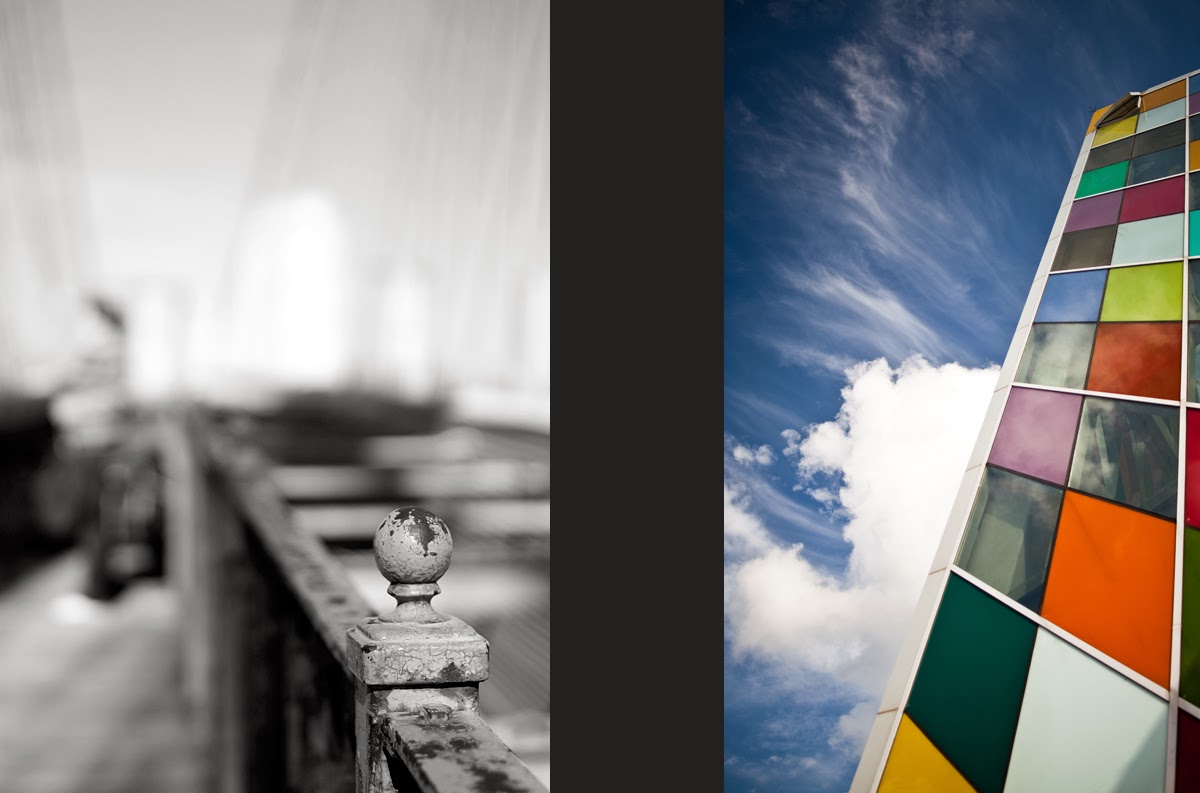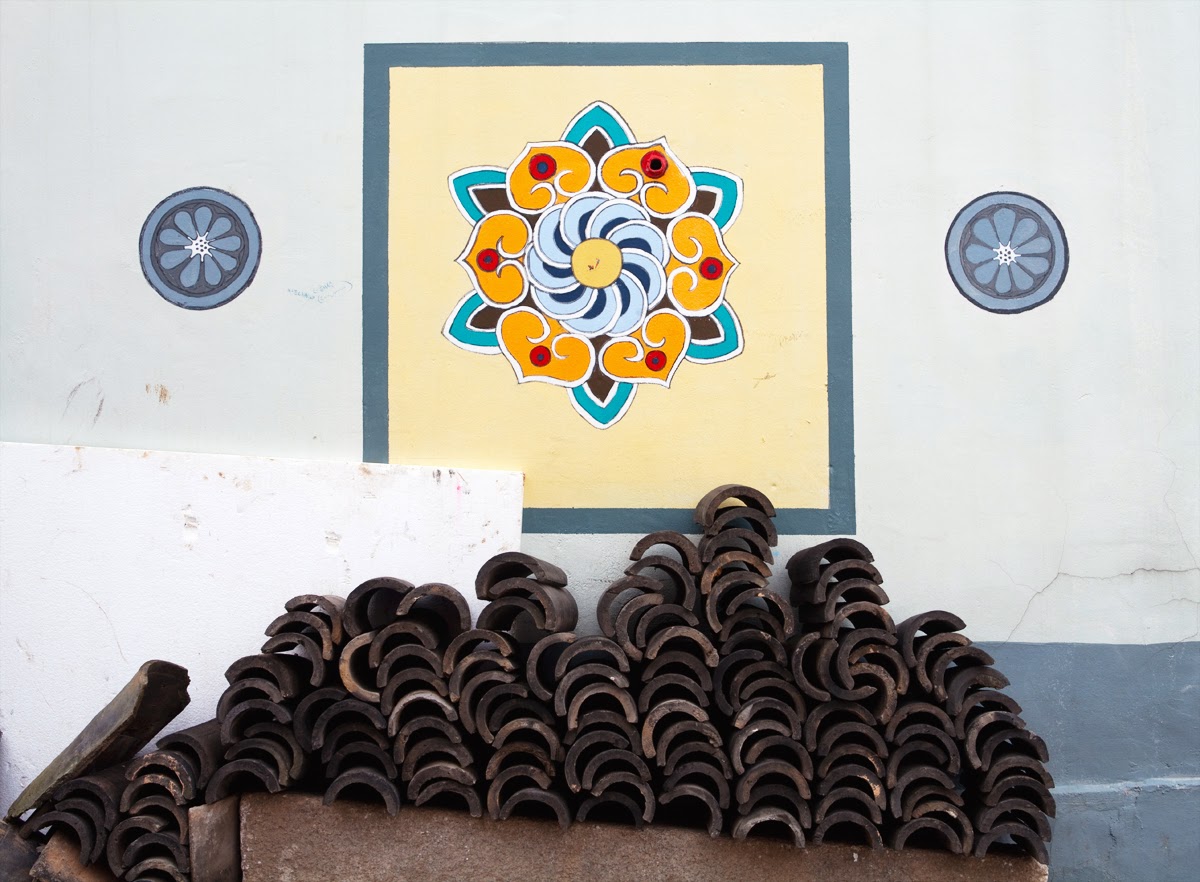November 5, 2013. Geun-lin Park, Cheonan.
This park is right across the street from Asan and Cheonan-Asan train stations, which is about a 10-minute bus ride from where I live, so I wind up going there fairly often. November 5th was an exceptionally pretty day, full of lovely reflections and ginkgo leaves.
The park can be really pretty, but it's actually not that well taken care of. The first time I went, weeds were overgrowing the path surrounding the lake and the water had trash floating around in it (which isn't too surprising as I've seen many Koreans just throw their trash wherever they happen to be at the time). But the yellow bridge crossing the lake has multi-colored lights that come on at night, and there is a colorful fountain show every now and then (I don't have the schedule pegged down yet). There are also ducks!
 |
| Ducks! |












































